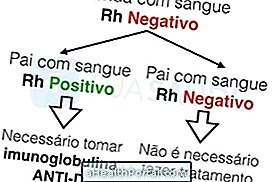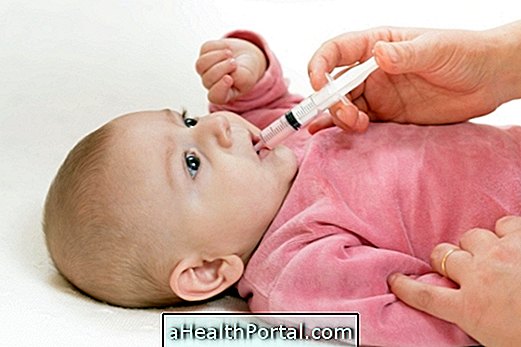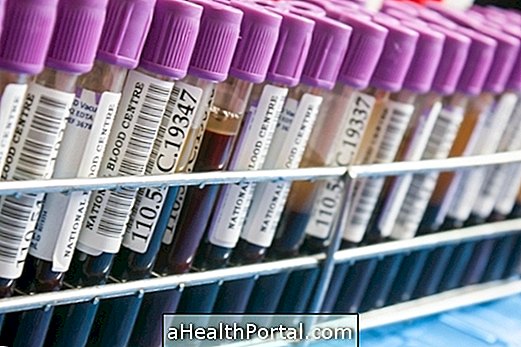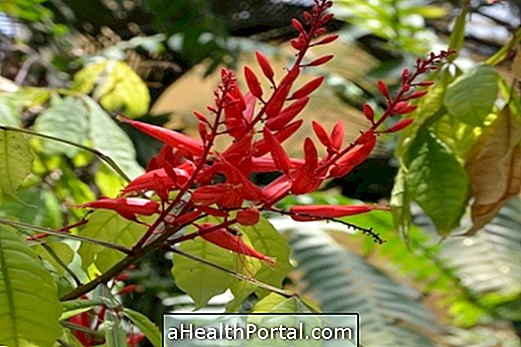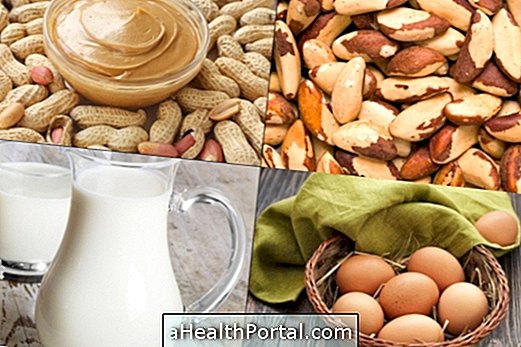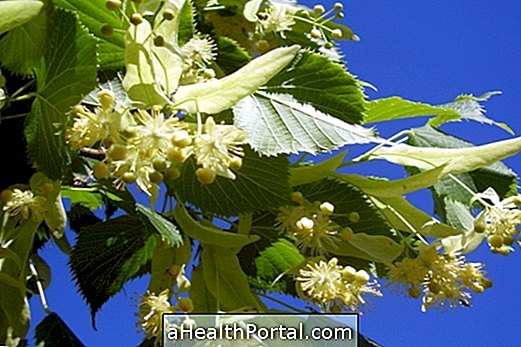Candidiasis in pregnancy is a very common situation among pregnant women, because during this period estrogen levels are higher, favoring the growth of fungi, especially Candida Albicans that naturally lives in the intimate region of women.
Candidiasis in pregnancy does not harm the baby, but if the baby is born in normal birth and the woman has candidiasis, the baby can be infected and present candidiasis in the first days of life.
If the baby is infected, it may have whitish plaques inside the mouth, oral candidiasis, popularly called "thrush" and by suckling it can transmit the fungus back to the mother, who may develop breast candidiasis, making it difficult to breast-feeding. See other symptoms of this infection in the baby and how it is treated.

Main symptoms
Candidiasis in pregnancy may be present without presenting any symptoms, but the most common situation is the emergence of:
- White discharge, type milk cut;
- Intense itching in the vagina;
- Burning or pain when urinating;
- Pain in sexual intercourse;
- Inner region swollen and reddish.
The obstetrician may suspect candidiasis only by observing the woman's intimate region and by assessing the symptoms. However, since candidiasis may favor the development of other microorganisms, the doctor may also order a pap smear to see if there is any other infection developing.
How Candidiasis Gets
In most pregnant women, candidiasis is caused by the hormonal changes that occur during pregnancy and, therefore, do not get caught by sexual contact with someone infected or by the use of panties. However, while it is not possible to control the hormones, there are some precautions that may reduce the risk of developing a candidiasis, which include:
- Wear cotton underwear, to facilitate the breathing of the skin and to hinder the growth of fungi;
- Dry the intimately well after the bath, to reduce the humidity and to avoid the growth of fungi;
- Avoid placing products in the intimate area, such as perfumed soap or perfumes;
- Sleep without panties and without pants as it allows the skin to breathe at night;
- Avoid making intimate showers, as they alter the vaginal flora and facilitate the growth of fungi.
In addition, the pregnant woman can bet on increasing food with Lactobacillus acidophilus, such as yogurts, as they are a type of "good" bacteria, known as probiotics, that help control the growth of fungi in the intimate region.
How is the treatment done?
Treatment for candidiasis in pregnancy is usually initiated with the use of vaginal cream or antifungal ointments prescribed by the obstetrician or gynecologist. Candidiasis that does not produce symptoms also needs to be treated because the infection does not pass to the baby during childbirth.
Some of the most commonly used remedies for candidiasis in pregnancy include Nystatin, Butoconazole, Clotrimazole, Miconazole or Terconazole. These medications should always be advised by a doctor, to ensure that they do not harm the pregnancy.
Typically, ointment remedies for candidiasis should be applied daily into the vagina 2 times a day for 7 to 10 days.
Care to speed up treatment
To complement the treatment indicated by the doctor is still advised:
- Avoid sweet or high carbohydrate foods;
- Always wear cotton panties;
- Avoid wearing tight pants;
- Only wash the intimate area with water and own soap or chamomile tea;
- Prefer unscented white toilet paper;
- Avoid scented panties.
Watch the following video on what to eat and how to make an excellent home remedy using natural yogurt:

Natural treatment option for candidiasis
A good natural option to complete the treatment of candidiasis in pregnancy prescribed by the doctor, and relieve the symptoms of itching is to do a sitting bath with 2 liters of warm water and 1 cup of apple cider vinegar. The pregnant woman should keep the intimate region within the mixture for at least 30 minutes and do this once a day, before taking a shower, for example.

